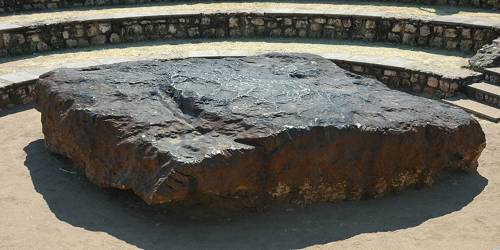About Brachial Plexus
Definition
Brachial plexus is formed by the union of portions of the fifth through eighth cervical spinal nerves and the first thoracic spinal nerve. It is a network of nerves located in the neck and axilla, composed of the anterior branches of the lower four cervical and first two thoracic spinal nerves and supplying the chest, shoulder, and arm.

This nerve complex is composed of four cervical nerve roots (C5-C8) and the first thoracic nerve root (T1). These roots combine to form three trunks. C5-C6 form the upper trunk, C7 continues as the middle trunk and C8-T1 form the lower trunk.
Each trunk splits into a division. Half the divisions globally supply flexor muscles that lift and bend the arm. The others supply the extensor muscles that straighten the arm and bring it down.
Structure, Functions and Injury of Brachial Plexus
The brachial plexus consists of roots, trunks, divisions, cords and terminal branches as it travels from proximal to distal upper limb. The plexus is formed by the anterior rami (divisions) of the cervical spinal nerves C5, C6, C7 and C8, and the first thoracic spinal nerve, T1. Brachial plexus is divided into five roots, three trunks, six divisions, three anterior and three posterior, three cords, and five branches. There are five “terminal” branches and numerous other “pre-terminal” or “collateral” branches, such as the subscapular nerve, the thoracodorsal nerve, and the long thoracic nerve, that leave the plexus at various points along its length.

The brachial plexus supplies all of the cutaneous innervation of the upper limb, except for the area of the axilla, which is supplied by the supraclavicular nerve and the dorsal scapula area, which is supplied by cutaneous branches of the dorsal rami. It communicates with the sympathetic trunk via gray rami communicantes, which join the roots of the plexus. They are derived from the middle and inferior cervical sympathetic ganglia and the first thoracic sympathetic ganglion.
Brachial plexus is responsible for cutaneous and muscular innervation of the entire upper limb, with two exceptions: the trapezius muscle innervated by the spinal accessory nerve (CN XI) and an area of skin near the axilla innervated by the intercostobrachial nerve. The brachial plexus communicates through the sympathetic trunk via gray rami communicantes that join the plexus roots.
Brachial plexus injuries are injuries that affect the nerves that carry signals from the spine to the shoulder. This can be caused by the shoulder being pushed down and the head being pulled up, which stretches or tears the nerves. The most common victims of brachial plexus injuries consist of victims of motor vehicle accidents and newborns.
Reference: teachmeanatomy.info, medicinenet.com, cincinnatichildrens.org, wikipedia.
















